The blood pressure is the force exerted by the blood on the wall of the blood vessel;
P = F/A
Where P is the pressure; F is the force and A is the area
 Figure 1: The blood pressure is the force exerted by the blood on the wall of the blood vessel.
Figure 1: The blood pressure is the force exerted by the blood on the wall of the blood vessel.
In other words:
The blood inside the blood vessel exerts a force that tends to keep the blood vessel open, i.e. not collapsed.
Therefore, the blood vessel itself plays an important role in determining the blood pressure, because when the blood vessel is more malleable, i.e. it does not much resist the force exerted by the blood, the resulting blood pressure is less for the same amount of force ‘F’ as compared to the situation when the blood vessel is stiff.
To sum up, the blood pressure is the outcome of two main and interacting parameters:
1- the force exerted by the blood on the vessel wall to keep it open and
2- the blood vessel malleability or distensibility, i.e. malleable or stiff.
The blood pressure is an important parameter of the blood circulation condition and is measured conveniently by an indirect method using an apparatus called sphygmomanometer.
This method relies on detecting sounds caused by blood flow turbulence during blood vessel compression, where the first appearance of sound denotes the highest level of blood pressure, i.e. systolic blood pressure, and the disappearance of sound denotes the lowest level, i.e. diastolic blood pressure.
The following diagram shows this indirect measurement of blood pressure.
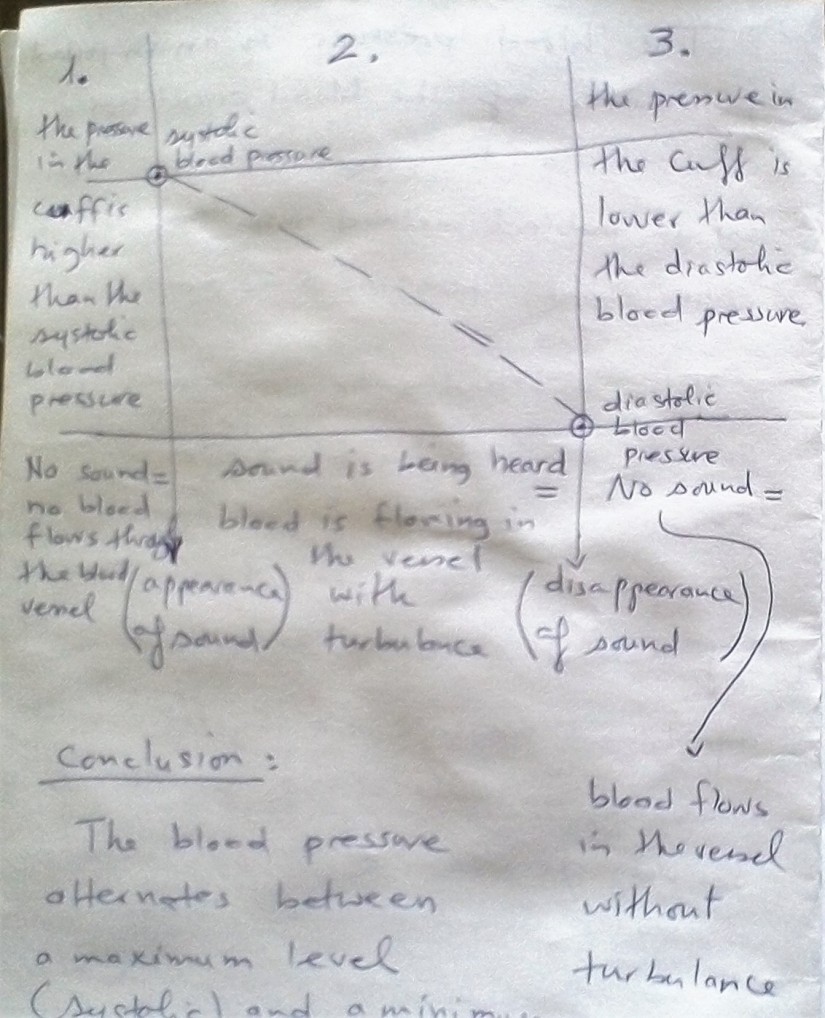 Figure 2: The indirect measurement of blood pressure using a sphygmomanometer.
Figure 2: The indirect measurement of blood pressure using a sphygmomanometer.
Conclusion:
The blood pressure alternates between a maximum level (systolic) and a minimum level (diastolic) with a gradient slope in between!
Question:
Can the behaviour of blood pressure be approximated to the behaviour of regular wave?
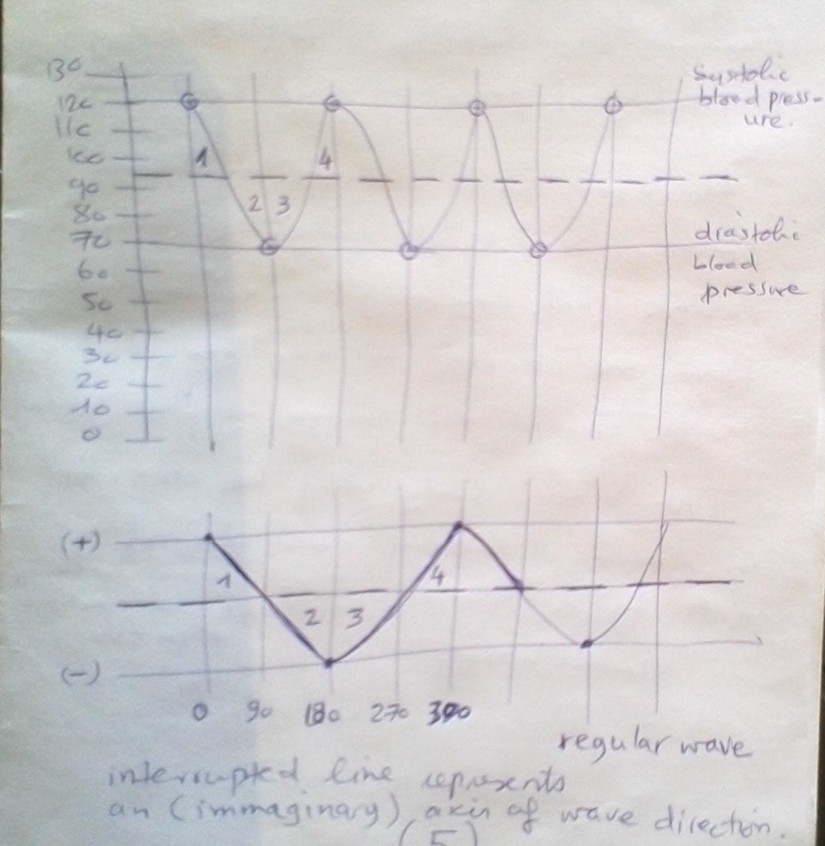 Figure 3: Can the behaviour of blood pressure be approximated to the behaviour of regular wave?
Figure 3: Can the behaviour of blood pressure be approximated to the behaviour of regular wave?
Critique/ evaluation of the blood pressure as a conventional parameter for assessing blood circulation condition.
The blood pressure is dynamic. It changes continuously to reflect many physiological processes and conditions.
However, such changes in blood pressure are kept within certain range that can vary (significantly) from one person to another; and still considered normal or physiological.
The human body may be described in three different conditions of activity or stress; considering both physical and emotional aspects:
1- Relaxing
2- Working or exercising
3- Demanding stress
Because the blood vessel is living and viable, it can respond to dozen(s) of signals and/or signal combinations.
Examples of signals/ conditions:
1- Circulating chemical/ biological molecules.
2- Cold/ hot
3- Full stomach; full rectum
4- Thirst; hunger; smells; oxygen
5- Mood condition; accept/refuse feeling
And as such the blood pressure changes over time and condition-wise to meet the body’s need of sufficient and effective tissue supply of nutrients and oxygen and to eliminate waste products and CO2.
Why should the blood pressure be changing or dynamic?
View:
The gross changes and sensible phenomena can find their origin in basically working subtle changes.
There could be subtle, i.e. very fine, changes in blood pressure that are needed for proper and smooth blood flow within the blood vessel.
These may be due to the continuous (breathing-like) changes in vessel wall diameter (mainly small blood vessels) that would help stirring of blood into a largely homogenous mixture. Otherwise, the blood in the vessels would be quite randomly fractionable.
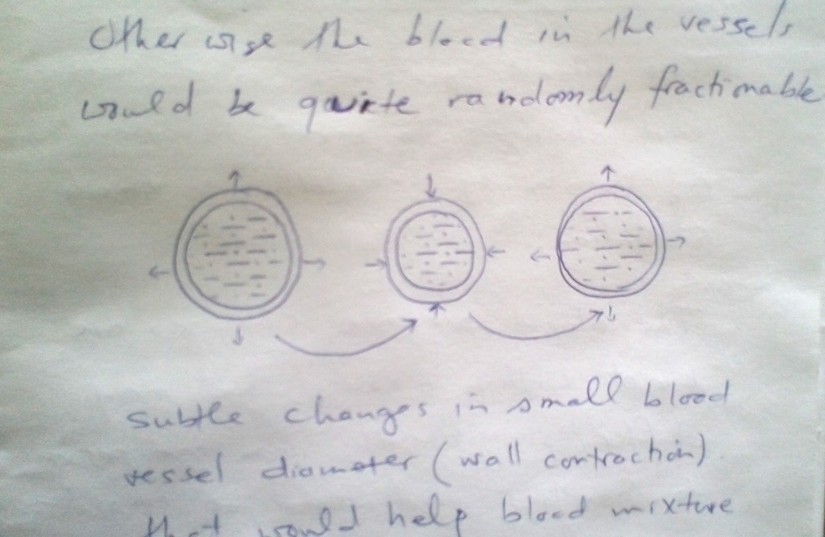 Figure 4: Subtle changes in small blood vessel diameter (wall contraction) that would help blood mixture stirring or mixing. The figure shows one cycle (intrinsic mini-hearts).
Figure 4: Subtle changes in small blood vessel diameter (wall contraction) that would help blood mixture stirring or mixing. The figure shows one cycle (intrinsic mini-hearts).
Here, we may appreciate the condition of the blood vessel lining being smooth to hep both quiet blood flow and blood mixing.
Summary:
The blood pressure is dynamic and changes to meet the needs of the body according to each situation.
The blood pressure changes are kept within a range that may differ significantly from one person to another and would be considered normal or physiological for that person.
The blood pressure is the outcome of a few other parameters, e.g.:
1- blood kinetic energy
2- blood vessel condition; malleable: health =/ stiff; relaxed =/ contracted and
3- blood volume
which in turn are influenced by body condition.
Interpretation and handling of blood pressure.
General concept (s):
1. The blood pressure knows what to do. It corrects itself by itself. However, it may need some help.
2. Gross changes in blood pressure can be understood and are in the most part temporary and harmless.
3. Low blood pressure and high blood pressure could be considered two faces of one coin as they share much in their conservative handling.
4. In the handling and evaluation of blood pressure, every person should know his/her unique normal.
5. The blood pressure reading should be interpreted context-wise, and not for its own.
6. Gross blood pressure changes may be
1) constitutional and need only conservative handling;
2) constitutional and need both conservative and medical handling;
3) causal and need to know and handle the cause.
Conservative handing of blood pressure.
There could be a paradigm for both low and high blood pressure.
Conservatively, low and high blood pressure are handled in the same way, because this would aim to help the body itself to correct itself through only filling the gaps.
First: enumerate the gaps that would be relevant and then order them according to their weight/influence/contribution to the present condition.
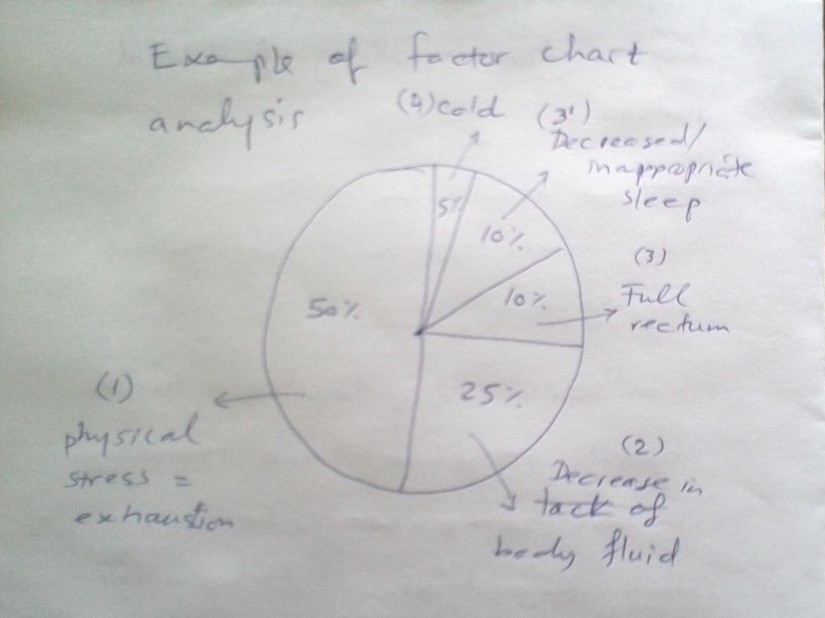 Figure 5: Example of factor chart analysis.
Figure 5: Example of factor chart analysis.
Second: choose the gap filling order in/according to your accurate intuition, e.g. incremental correction model that is body energy-wise correct. For the above factor chart analysis, the filling order could be:
To sit on toilet (3) — to rest for a while/walk for a while (1) — to drink sugary water or sugary juice (2) — to do gentle exercise (4) — to rest/lie down for some time if you think so (3’).
This could be a matter of trial and error, i.e. learning process. And one can know how things would be accurate and correct for him/her personally.
Incremental and logic correction is needed to achieve a smooth and satisfactory result.
Medical handling of blood pressure.
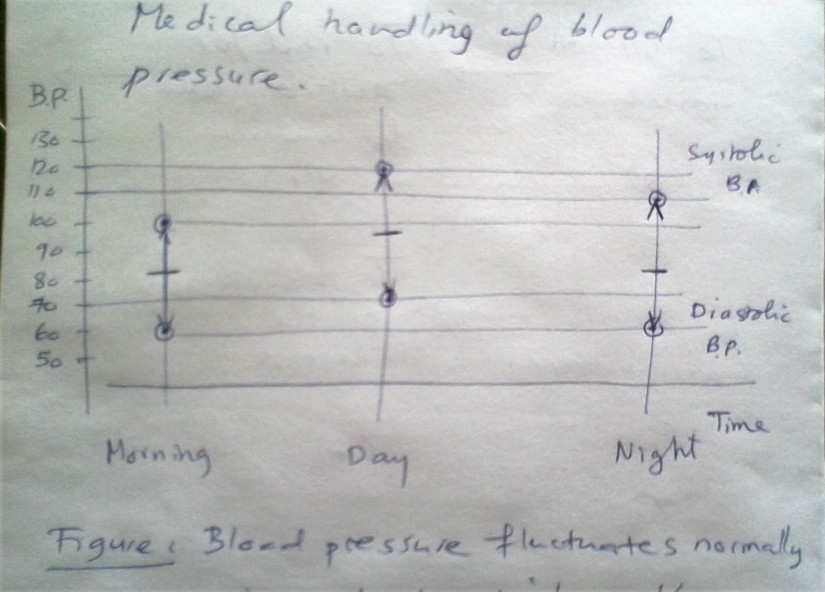 Figure 6: Blood pressure fluctuates normally according to body activity and/or day time.
Figure 6: Blood pressure fluctuates normally according to body activity and/or day time.
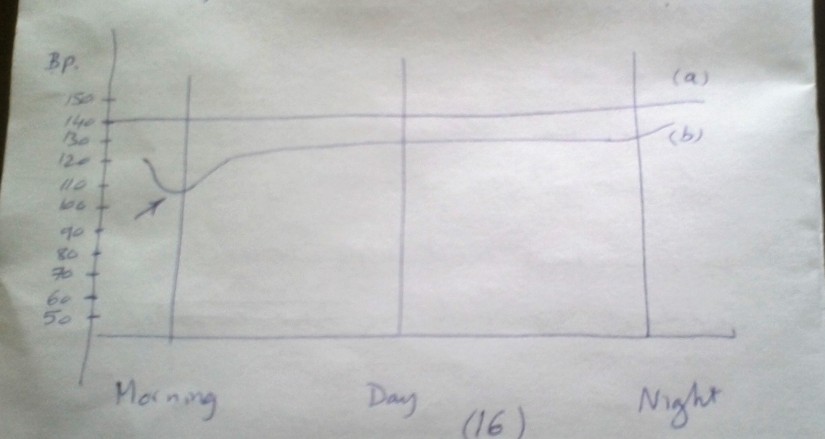 Figure 7: Arbitrary blood pressure value (line) without antihypertensive drug (a) and with drug (b). A model suggested for drug monotherapy, i.e. one drug taken once daily. Notice, the dipping in blood pressure after the drug dose (arrow).
Figure 7: Arbitrary blood pressure value (line) without antihypertensive drug (a) and with drug (b). A model suggested for drug monotherapy, i.e. one drug taken once daily. Notice, the dipping in blood pressure after the drug dose (arrow).
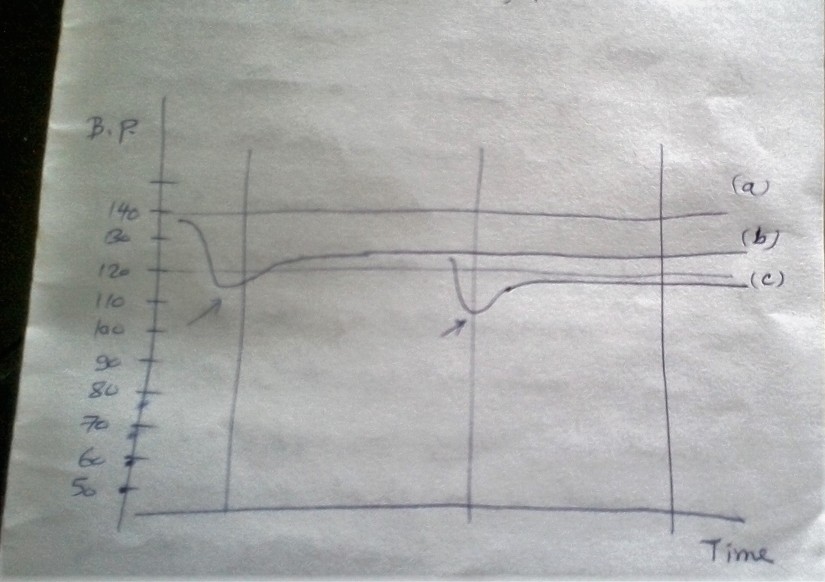 Figure 8: Arbitrary blood pressure value (line) without medication (a), or with only one medication (b), and with another medication (c). in the double or more (multi-)therapy model, one medication is suggested to produce a background blood pressure lowering (here drug b; e.g.) which seems to be more durable and more effective, while other drug(s) produce more lowering of blood pressure for shorter time; i.e. the B.p. lowering effect of the helping drug(s) may not be fully justified without considering the effect of the principal drug that produces the background BP lowering, i.e. new B.p. base line.
Figure 8: Arbitrary blood pressure value (line) without medication (a), or with only one medication (b), and with another medication (c). in the double or more (multi-)therapy model, one medication is suggested to produce a background blood pressure lowering (here drug b; e.g.) which seems to be more durable and more effective, while other drug(s) produce more lowering of blood pressure for shorter time; i.e. the B.p. lowering effect of the helping drug(s) may not be fully justified without considering the effect of the principal drug that produces the background BP lowering, i.e. new B.p. base line.
For further discussion and perspectives:
1- role of each B.P. variable on either systolic or diastolic blood pressure.
Example:
B.P variable Systolic B.P. Diastolic B.P.
Blood vessel wall ↑↑ ? ↑?
Blood kinetic energy ↑↑ ? ↑↑ ?
Blood volume ↑? ↑↑ ?
Heart rate ↑↑ ? ↑↑ ?
2- what are the considerations needed when assessing blood circulation condition using the blood pressure?
3- what could be the original parameter of blood circulation (Ɛ) that the blood pressure serve to shadow?
4- could be there measurable parameters/variables other than blood pressure that can serve to assess blood circulation condition?
5- molecular markers for assessing blood circulation; perspective of blood circulation assessment.